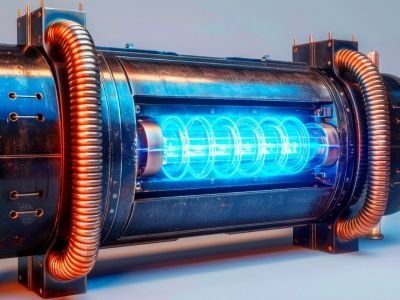Researchers from the Korea Advanced Institute of Science and Technology (KIST) and Seoul National University have developed a next-generation supercapacitor that overcomes one of the technology’s most persistent drawbacks — low energy density.
The team’s prototype is built using a composite of single-walled carbon nanotubes and polyaniline. It demonstrated exceptional durability, maintaining its performance over 100,000 charge-discharge cycles. This is a significant advancement, as supercapacitors are known for fast charging and high power output but typically lag behind batteries in terms of energy storage capacity.

By combining the excellent conductivity of carbon nanotubes with the affordability and ease of processing of polyaniline, the researchers created a material that offers both high energy density and long-term operational stability.
The resulting composite fiber is also flexible, making it suitable for integration into wearable electronics. Potential applications include electric vehicles, robotics, and any device that requires rapid charging and high power delivery.

The research team believes this innovation could play a crucial role in the global shift toward carbon-neutral energy systems.
